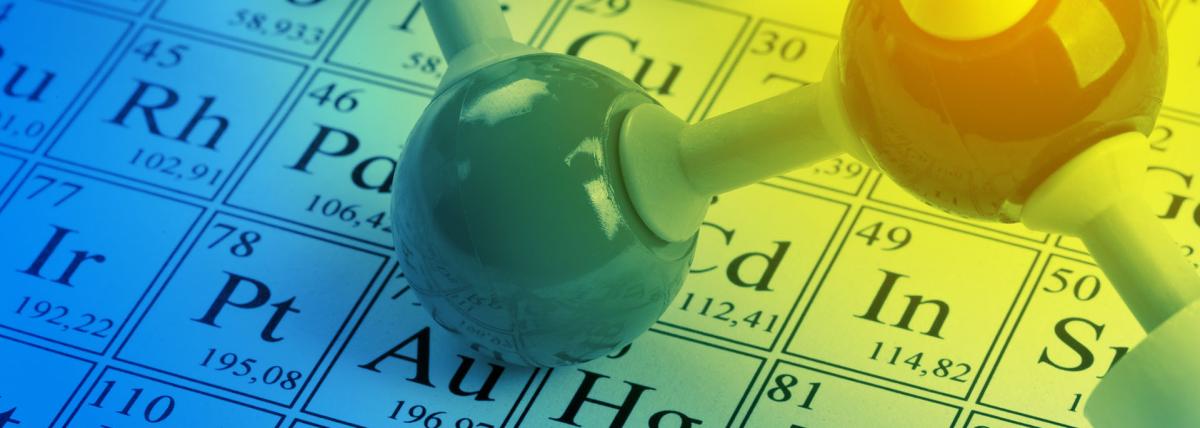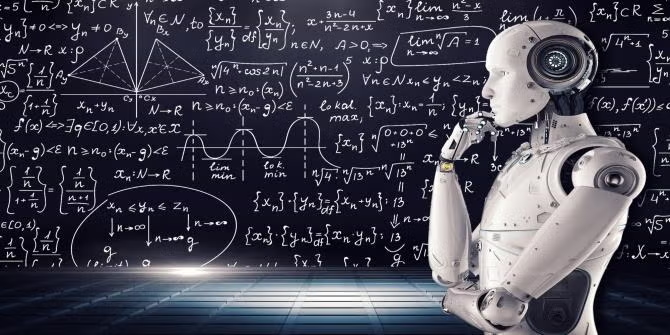
Students learn about atomic theory and the scientists that theorized new atomic models from experiments they conducted. Students then create a 3D model for each advancement in the theory timeline

Students learn about atomic theory and the scientists that theorized new atomic models from experiments they conducted. Students then create a 3D model for each advancement in the theory timeline

Students will be divided into 6 groups, one for each of the major systems in the human body, and create a presentation to share with the rest of the class.

Day 2 of this lesson plan for 1st-grade students plays a crucial role in bridging theoretical understanding with hands-on experience. It deepens students' knowledge of pollination, emphasizing the

In Day 1 (of 3) of our exciting journey, students embark on a captivating exploration of the natural world, delving into the mysteries of plant life cycles and the essential role that bees play in

Students will focus sunlight through a pinhole onto a sheet of paper. Knowing the distance between the projection and the pinhole allows students to calculate the diameter of the Sun using ratios.

In this engaging and interactive lesson, we'll immerse 1st-grade students in the fascinating world of bees and flower pollination. Using a hands-on simulation activity with colored powder, students

Making a wave machine to learn about the parts of the wave. This is the foundational learning piece before heading into the seismic building challenge.

This is a lesson designed to teach students that everything they read on the Internet is not always true.

"Hatchet" by Gary Paulsen is a novel about a young boy named Brian Robeson who is stranded in the Canadian wilderness after a plane crash. While the book doesn't explicitly teach STEM principles, it